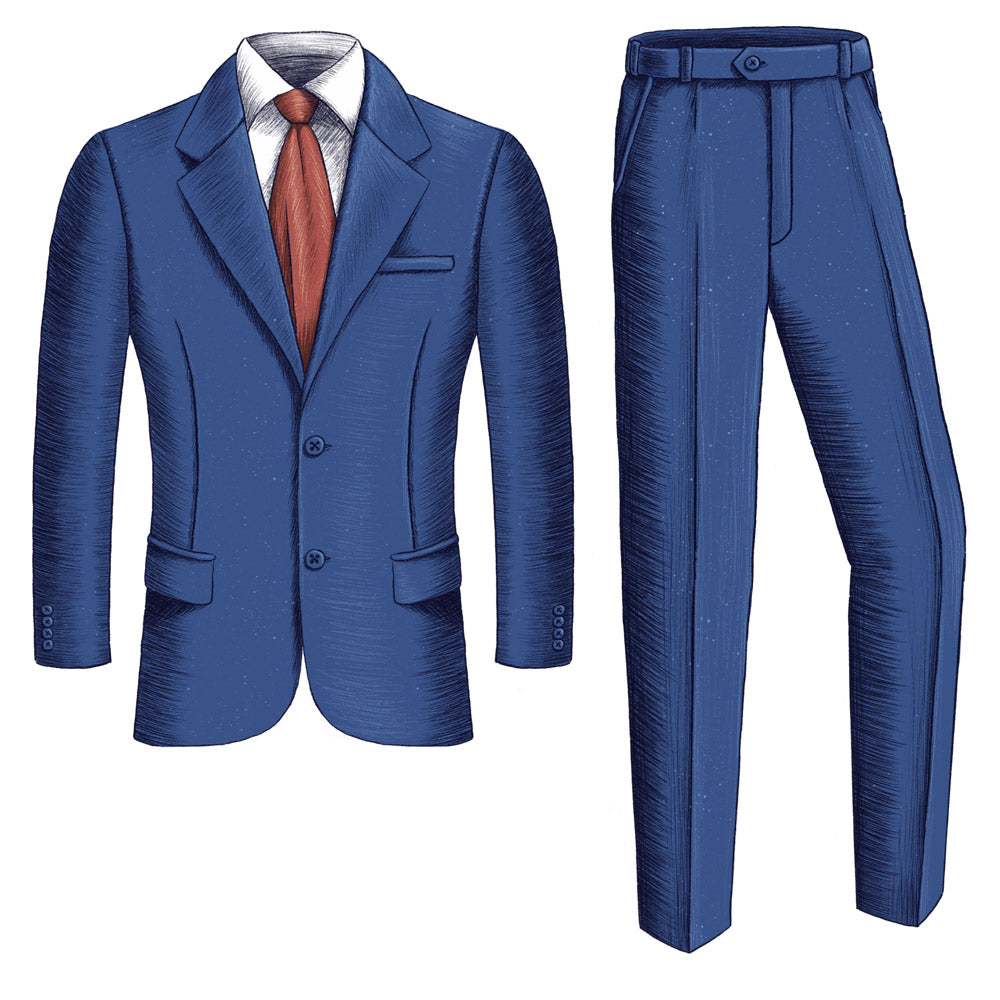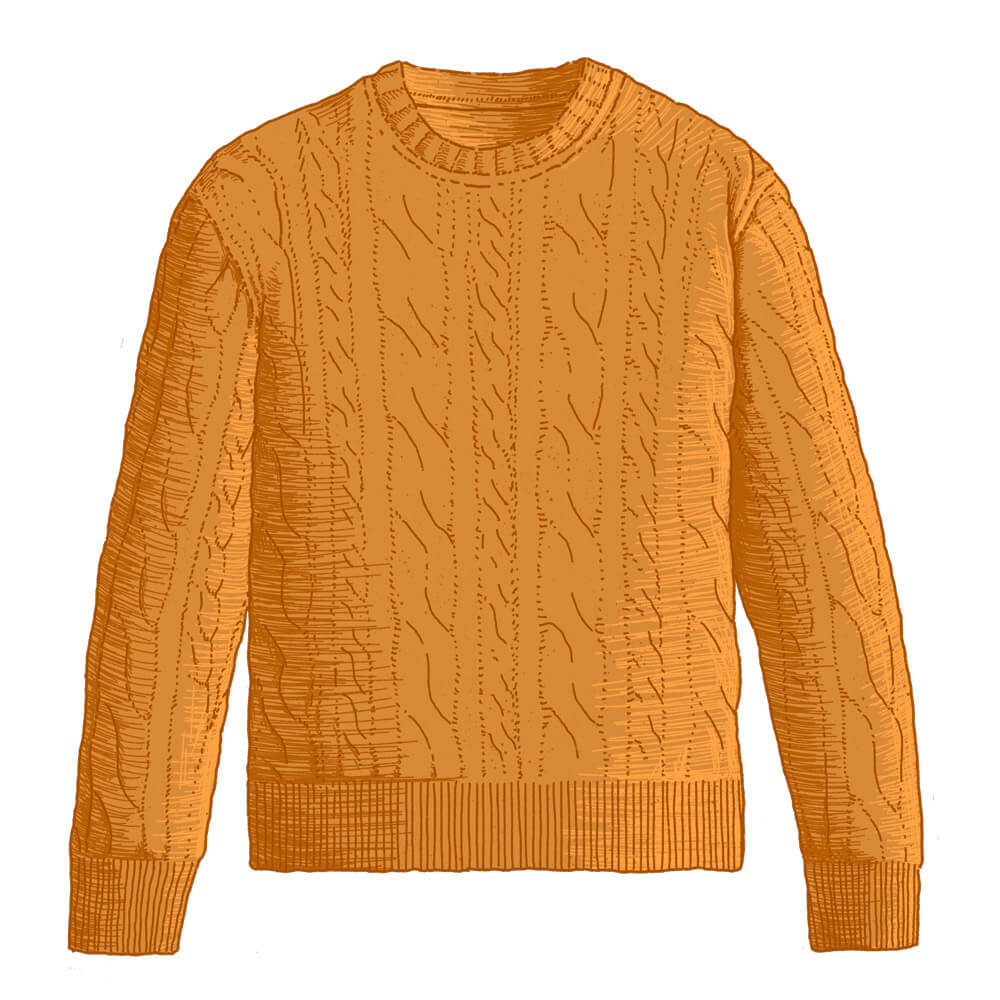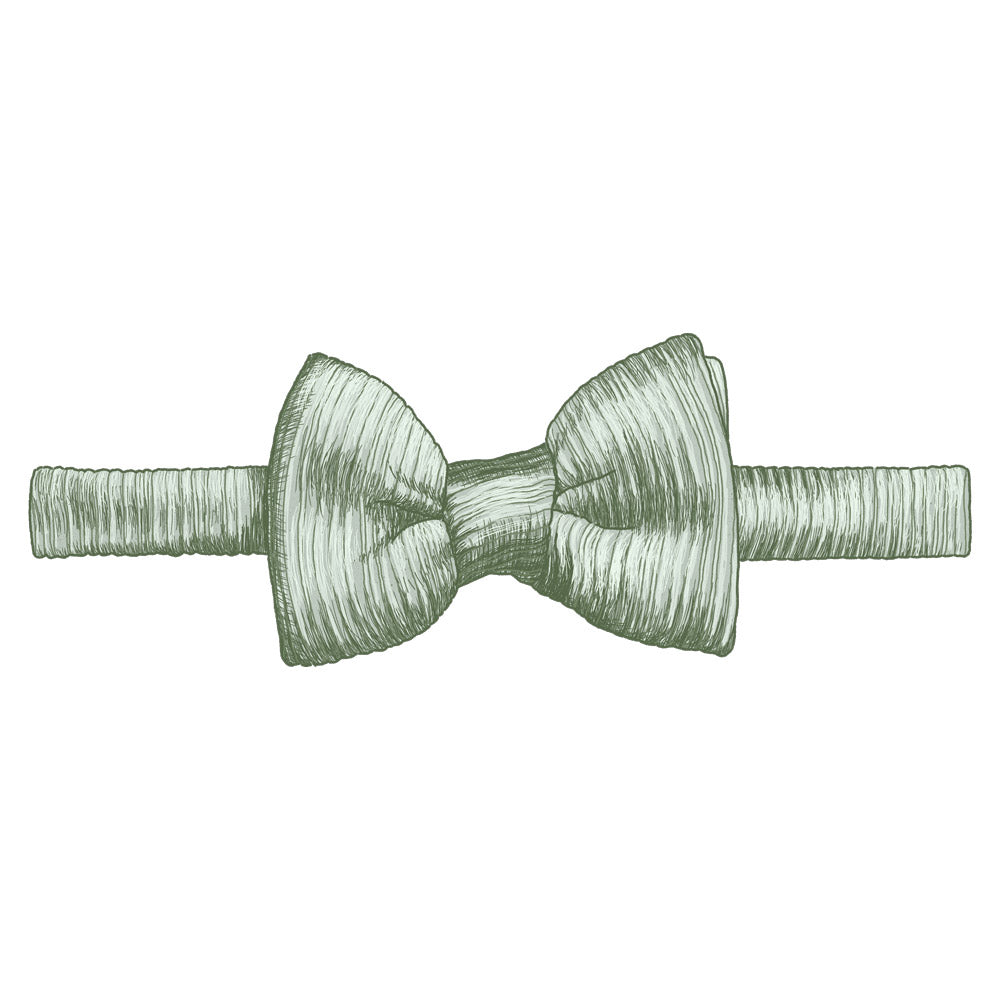The polo shirt is arguably one of the most iconic pieces of menswear to arise within the last century. The shirt’s name comes from the popular game of “polo,” or “the sport of kings,” which has historically been enjoyed by the upper crust of society for centuries. If you’ve ever seen the Ralph Lauren logo—the horseback riding man holding a mallet—then you’re already familiar with it. A graceful convergence of elegance, leisure, and sporting, the polo shirt has found a home among both young and old, rich and poor.
But even though the name can be traced back to an age-old aristocratic pastime, the current style we know and love today looks nothing like the one worn by royalty, which was an early version of the button-down dress shirt. That’s because the invention of the modern polo can be credited to just one man: a French tennis star by the name of Jean René Lacoste.
Shop our Polo Shirt Collection
The Athlete
René was a legend in the sport. So much so that he was nicknamed “the crocodile” by the press, which later came to define his name and brand. This was partly due to his relentless pursuit of opponents on the tennis court, but also because of a bet he made with the captain of the French Davis Cup team who promised to buy him a beautiful crocodile skin suitcase in exchange for a win (he lost the bet).
In the span of his brief career, René won a total of seven Grand Slam tournaments, including three French Opens, two U.S. Opens, and two Wimbledons. He and his teammates—collectively dubbed “The Four Musketeers”—were a dominant force in the sport, securing Davis Cup victories six years in a row for their home country of France. This during a time when Australia and the United States seemed to be unstoppable.

The Visionary
But René also had big ideas. At the time, tennis players had a strict dress code. They were to wear only starched white dress shirts, white trousers made of heavy wool, white shoes and, if they so desired, a white flat cap. Clearly, it wasn’t enough to put on a grueling hour-long performance; they were also expected to look good while doing so.
You might think white-colored outfits were merely a product of upper class, Victorian era modesty—a holdover from a bygone era. And that is certainly true to some extent, but the outfit also served a practical purpose: concealing unsightly sweat stains. Even to this day, the annual Wimbledon Championships in London enforce “tennis whites” as required wear. Why? Because . . . “tradition.”
Truth be told, athletes were already flaunting these requirements well before René resolved to do something about it. Old black and white photos attest to the fact that the long sleeves were frequently rolled up to allow for more freedom of movement. The shirts were starched, making them pleasing to the eyes, but stiff and uncomfortable. And to make matters worse, the weave prevented proper air flow, leaving the tennis player exhausted and overheated. From René’s perspective, something had to change.
So, he went to work designing a shirt that he himself would find pleasing to wear. Long sleeves were cut short. A stiff collar was replaced by a flexible one that could be upturned to protect the wearer from sunburn. The fully buttoned front became a 3-button placket that could be comfortably loosened at the neckline. And the back was made slightly longer to keep the garment secure when tucked.
But René also did the unthinkable. He replaced the standard shirt with a piqué cotton knit—a new method at the time—that was infinitely cooling and noticeably lighter.
In 1926, René unveiled his new creation to the world. There, at the U.S. National Championships, he would defeat his fellow musketeer Jean Borotra, who had also made it to the finals. Wearing his soon-to-be signature attire, the crocodile swung his way to a solid victory, securing his first ever U.S. title. And so the polo shirt was born.

The Fashion Icon
The athlete turned entrepreneur came to prominence in the midst of a post-WWI cultural renaissance. Known as the Années folles in France, or “crazy years,” it was a decade of great innovation in Parisian fashion—a time when people began to place greater importance on beauty and creative expression. This became fertile ground for René to make his vision a reality.
In 1933, after his career was cut short by tuberculosis, René partnered with top textile manufacturer, André Gillier, to help produce his first line of white polo shirts under the company name "La Chemise Lacoste," or "The Lacoste Shirt." Their slogan?
"Watch out for the crocodile… there is only one LACOSTE SHIRT."
Against the advice of his friends, René decided to have a small crocodile logo embroidered on the chest. This turned out to be a smart move because it would soon become a symbol of the brand's unwavering commitment to excellence.


















